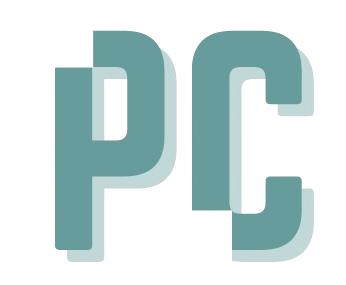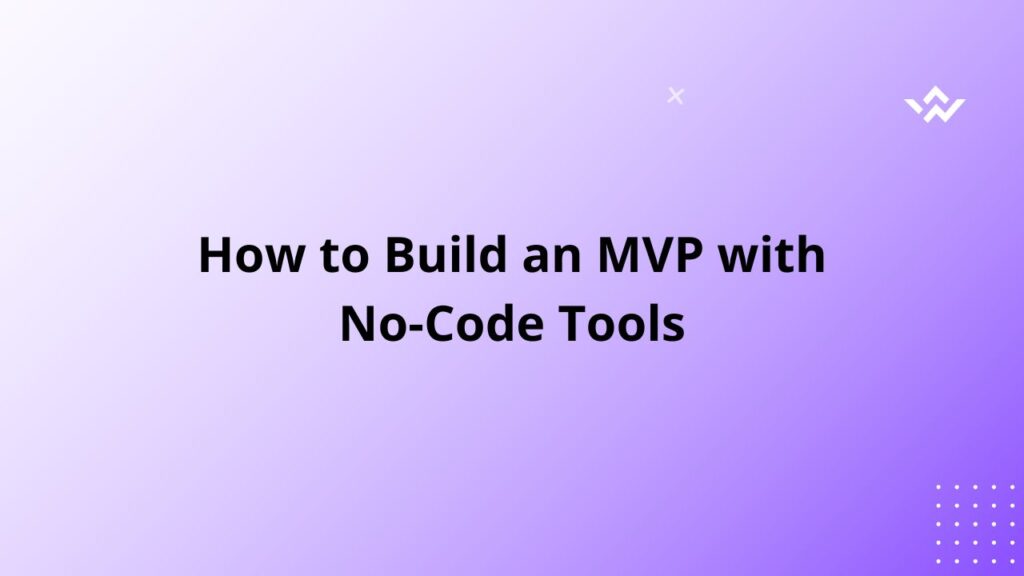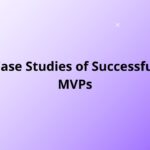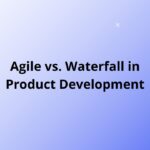Building a Minimum Viable Product (MVP) no longer requires extensive coding skills. Thanks to no-code tools, entrepreneurs and startups can quickly create functional MVPs, test ideas, and validate market demand—all without writing a single line of code. This approach saves time, reduces costs, and allows for rapid iteration.
Why Use No-Code Tools for Your MVP?
-
Faster Development – No-code platforms allow you to build and launch in days or weeks instead of months.
-
Lower Costs – Hiring developers is expensive; no-code solutions eliminate the need for a large development team.
-
Easy Iteration – Modify and improve your MVP quickly based on user feedback.
-
Market Validation – Launch an early version to test demand before investing in full-scale development.
-
Accessibility – No-code empowers non-technical founders to bring their ideas to life.
Steps to Build an MVP with No-Code Tools
1. Define Your MVP’s Core Features
-
Identify the problem your product solves.
-
Determine the essential features needed to validate the idea.
-
Avoid feature bloat; keep it simple.
2. Choose the Right No-Code Tools
Depending on your product type, different no-code platforms can help:
-
Websites & Landing Pages → Webflow, Carrd, Softr, Wix
-
Mobile Apps → Adalo, Glide, Thunkable
-
Web Apps & Marketplaces → Bubble, Softr, OutSystems
-
Automation & Workflows → Zapier, Make (formerly Integromat), Airtable
-
Databases & Backend → Airtable, Google Sheets, Xano
3. Build a Simple Prototype or Landing Page
-
Use Webflow or Carrd to create a landing page explaining your idea.
-
Include a sign-up form to gauge user interest before development.
-
Run ads or share on social media to test demand.
4. Develop the MVP with No-Code
-
Use tools like Bubble or Softr to create a working version of your app.
-
Integrate databases like Airtable for data management.
-
Automate workflows with Zapier to connect different services.
5. Test with Early Users & Gather Feedback
-
Share your MVP with a small audience (beta testers, friends, or niche communities).
-
Collect feedback through surveys or direct interviews.
-
Analyze usage data to understand user behavior.
6. Iterate and Improve
-
Use feedback to refine and optimize your MVP.
-
Prioritize new features based on actual user needs.
-
Scale gradually as your idea gains traction.
Real-World Examples of No-Code MVPs
-
Comet – A freelance marketplace built using Bubble.
-
BloomTech (formerly Lambda School) – Early versions relied on Airtable and Zapier for automation.
-
Nomad List – Started as a simple Google Sheets database before scaling.
Final Thoughts
No-code tools have revolutionized MVP development, making it accessible to anyone with an idea. By leveraging these platforms, you can validate your concept, attract users, and refine your product—all without deep technical knowledge.
Are you planning to build an MVP with no-code tools? Let us know your experience and challenges in the comments!



